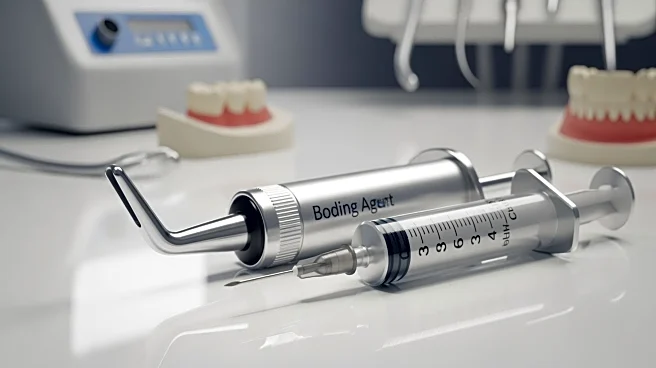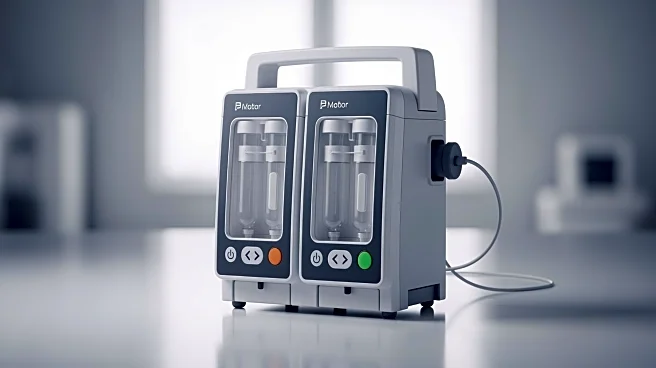What's Happening?
A systematic review and meta-analysis have been conducted to assess the bond strength of flowable dental composites in the cementation of indirect restorations. The study, which followed PRISMA guidelines, analyzed in vitro studies from 2003 to 2025,
using various statistical methods to evaluate the data. The review included eight studies and found that flowable dental composites generally perform comparably to conventional resin cements. However, the high heterogeneity among studies limits the reliability of these findings. Dual-cured and self-etch resin cements showed a tendency toward improved bond strength, but further standardized studies are needed to confirm these results.
Why It's Important?
The findings of this study are significant for the dental industry, as they provide insights into the effectiveness of flowable dental composites compared to traditional resin cements. Understanding the bond strength of these materials is crucial for dental professionals when choosing the best options for indirect restorations. The study highlights the need for further research to standardize testing methods and reduce variability, which could lead to improved clinical applications and patient outcomes. As dental technology advances, such research is essential for developing more reliable and effective materials.
What's Next?
The study suggests that further standardized in vitro research is necessary to confirm the findings and guide clinical applications. Dental professionals and researchers may focus on reducing variability in testing methods to achieve more consistent results. The potential for improved bond strength with dual-cured and self-etch resin cements could lead to advancements in dental restoration techniques. As the industry continues to evolve, ongoing research will be crucial in developing materials that offer better performance and reliability, ultimately enhancing patient care.
Beyond the Headlines
The study raises broader questions about the role of innovation in the dental industry. As new materials and techniques are developed, the importance of rigorous testing and validation becomes increasingly apparent. The variability observed in the study underscores the need for standardized protocols, which could lead to more reliable and effective dental treatments. This research contributes to the ongoing dialogue about the future of dental care, emphasizing the need for evidence-based practices and continuous improvement in material science.













